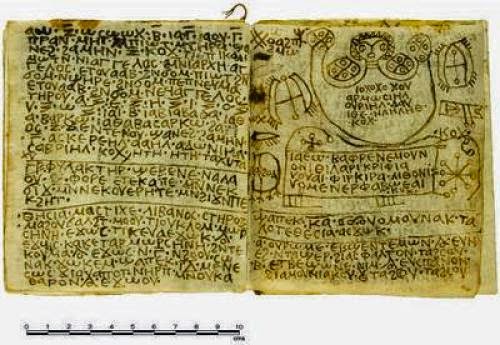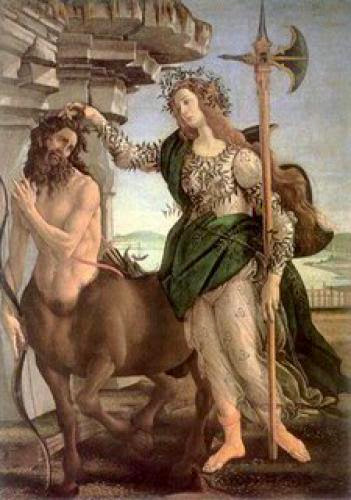Getting a look at the structure of the spells that the text contains could provide valuable insights regarding the magical practices of that time. Some of the references in the text seem to indicate that it was written or used by the Sethians, a Gnostic sect that was likely dying out by the time the codex was written.
Among other things, the "Handbook of Ritual Power," as researchers call the book, tells readers how to cast love spells, exorcise evil spirits and treat "black jaundice," a bacterial infection that is still around today and can be fatal.
The book is about 1,300 years old, and is written in Coptic, an Egyptian language. It is made of bound pages of parchment - a type of book that researchers call a codex.
"It is a complete 20-page parchment codex, containing the handbook of a ritual practitioner," write Malcolm Choat and Iain Gardner, who are professors in Australia at Macquarie University and the University of Sydney, respectively, in their book, "A Coptic Handbook of Ritual Power" (Brepols, 2014).
The ancient book "starts with a lengthy series of invocations that culminate with drawings and words of power," they write. "These are followed by a number of prescriptions or spells to cure possession by spirits and various ailments, or to bring success in love and business."
I would be most interested in evaluating whether the spells contained are more similar to classical "goetia" or theurgy. Some grimoire traditionalists insist that the latter is a later, strictly medieval development, and finds like this allow us to test that hypothesis. With that in mind, I'm looking forward to getting a chance to read through the text.







































